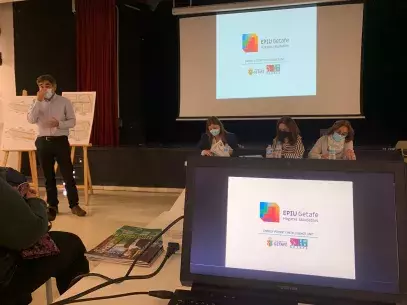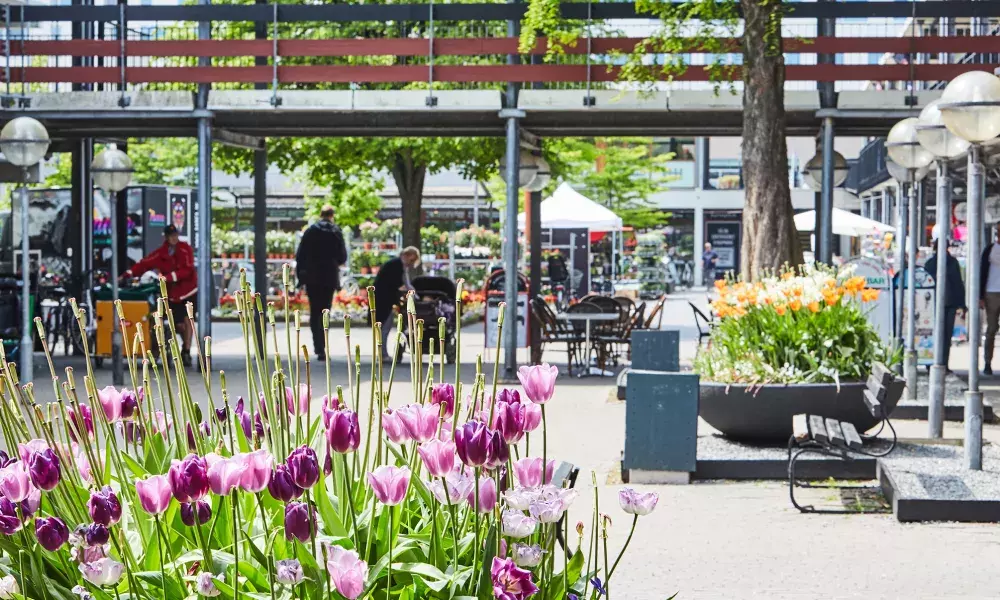
About
The LINC project aimed to demonstrate the future adaptation of electric, intelligent, and driverless shuttle busses in connection with the new light rail stations in LOOP City - a solution to the first and last mile challenge of public transport. The innovativeness of the project was reflected in the novelty of combining the development of driverless technology with sustainable urban development. In doing so, the project could systematically address the major challenges identified in the Sustainable Urban Mobility Plan framework, and develop, test and demonstrate practical solutions to the principal problems of integrated, driverless bus transport. The project conducted controlled tests with three driverless shuttle busses at two test beds in LOOP City near two future light rail stations:
1) Danish Technical University Campus
2) Hersted Business Park in the City of Albertslund
The project goal was to accelerate the introduction of driverless public transport, aiming to complement and in time probably overtake and displace conventional urban bus systems. The project aimed at increasing the reach, convenience, and competitiveness of public transport. The learnings from the two test beds have potential to be scaled and implemented at the 29 new light rail stations.
During its implementation, the UIA-funded project has capitalised on its experience so that it can be shared with peers. The outputs below are the result of this process.
List of resources
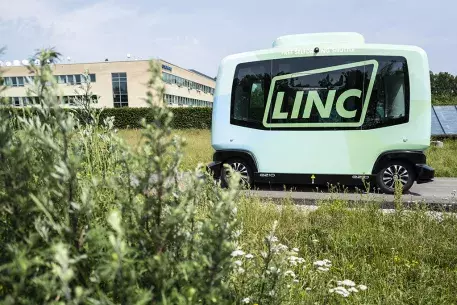
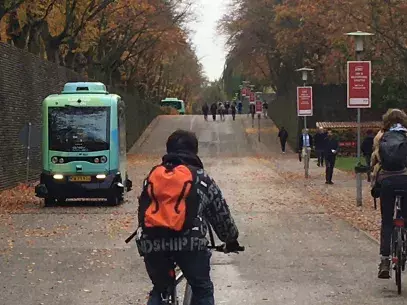
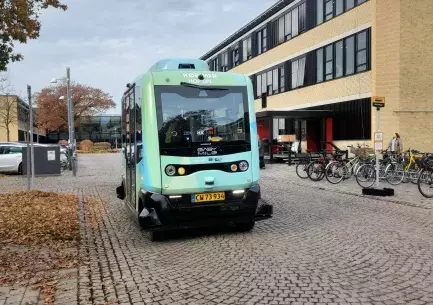
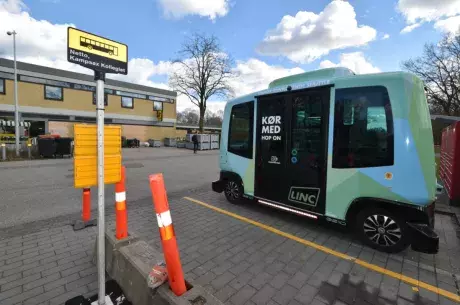
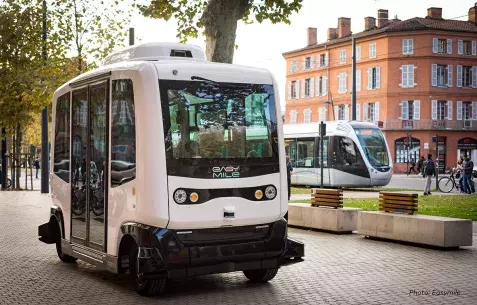
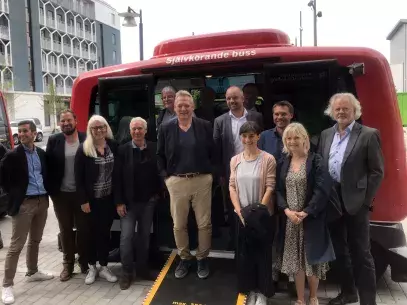
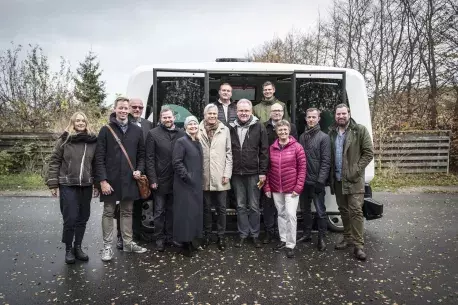
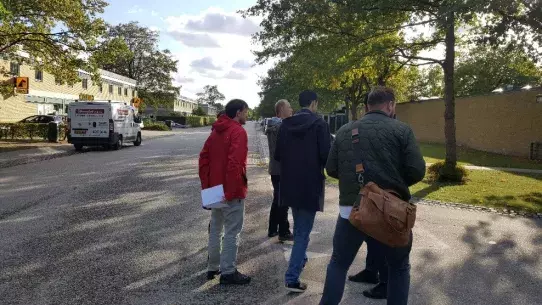
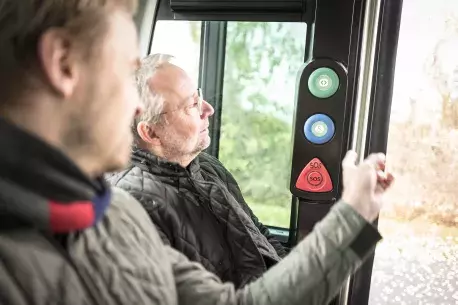
About this resource
The Urban Innovative Actions (UIA) is a European Union initiative that provided funding to urban areas across Europe to test new and unproven solutions to urban challenges. The initiative had a total ERDF budget of €372 million for 2014-2020.
Similar content

